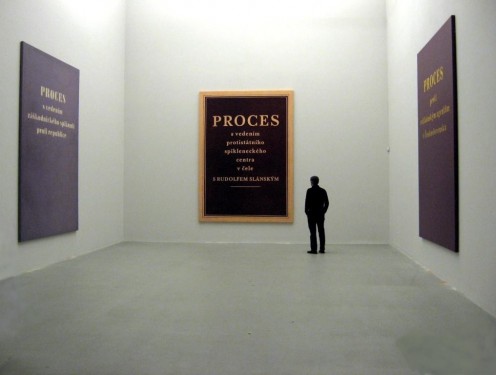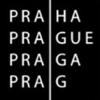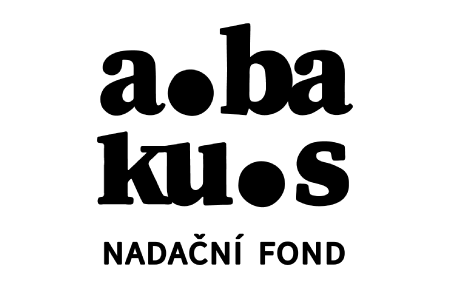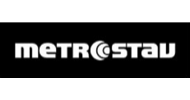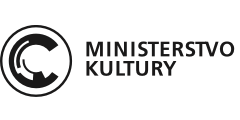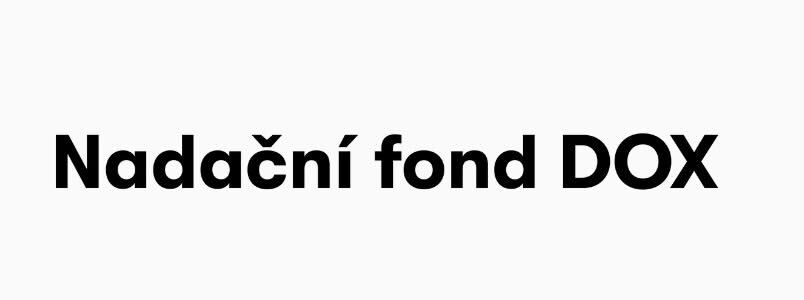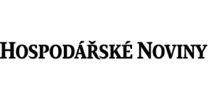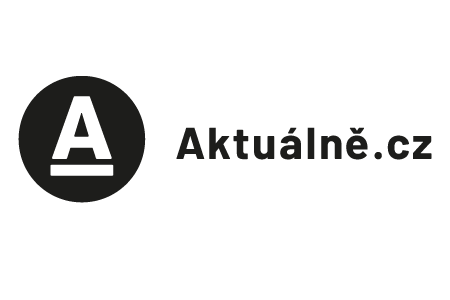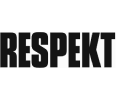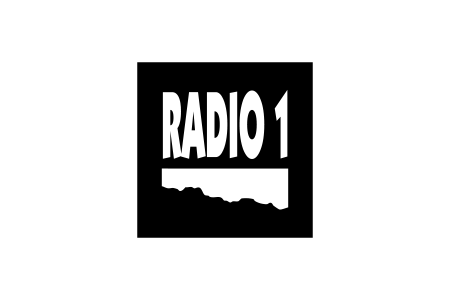Artists Anonymous: The Trial
25 Mar – 17 May 2010

The installation is located in the upper gallery of the DOX tower. It utilizes authentic recordings of the trial, complementing the existing installation of large size canvases titled “Artists Anonymous: The Trial”, also based on the method of appropriation, i.e. the selection of certain material and its transfer into a different context. In both cases the subject of appropriation is the political propaganda of a totalitarian regime that turned into a monstrous theatre of the absurd.
In May 2010, sixty years will have passed since the most infamous show
trial of Communist Czechoslovakia, in which four people were sentenced
to death, including JUDr. Milada Horáková, whose execution has become
the symbol of totalitarian terror.
The exhibition The Trial, which is the second site-specific project created for the upper tower gallery, concentrates on the show trials of the 1950s. The work adopts the method of appropriation that reuses certain, most often commercial, objects or images and changes their context and meaning. The Trial’s subject, however, is not advertising or popular culture, but rather political propaganda, notably the covers of the trial proceedings published in conjunction with the three largest show trials organized by the Czechoslovak Communist regime under the guidance of Soviet advisors in 1950 and 1952. .
The “Trial of the Leadership of the Seditious Plot Against the Republic:
Horáková and Associates” took place in Prague from May 5 to June 8,
1951, and focused on the officials of the Czechoslovak National
Socialist Party. It was followed by the “Trial of the Vatican Agents in
Czechoslovakia: Bishop Zela and Associates”, which was carried out from
November 27 to December 2, 1950. The show trials in Czechoslovakia
culminated in the “Trial of the Anti-State Conspiracy Center Headed by
Rudolf Slánský” in November 1952. It was a purge of high-ranking
Communist officials, of which eleven were executed.
While the work’s size and medium simulates the genre of monumental
painting, its authors want to remain anonymous, invoking the anonymity
of the original covers’ designers and the undisclosed nature of
propaganda on one hand and questioning the notions of authorship and
originality on the other. By extension, The Trial forces the viewer to think about other basic concepts, such as fact and fiction, ethics and aesthetics, art and life. The Trial thus seems to be an ideal complement to the Malík urvi II exhibition of the group Pode Bal located in the galleries below.
